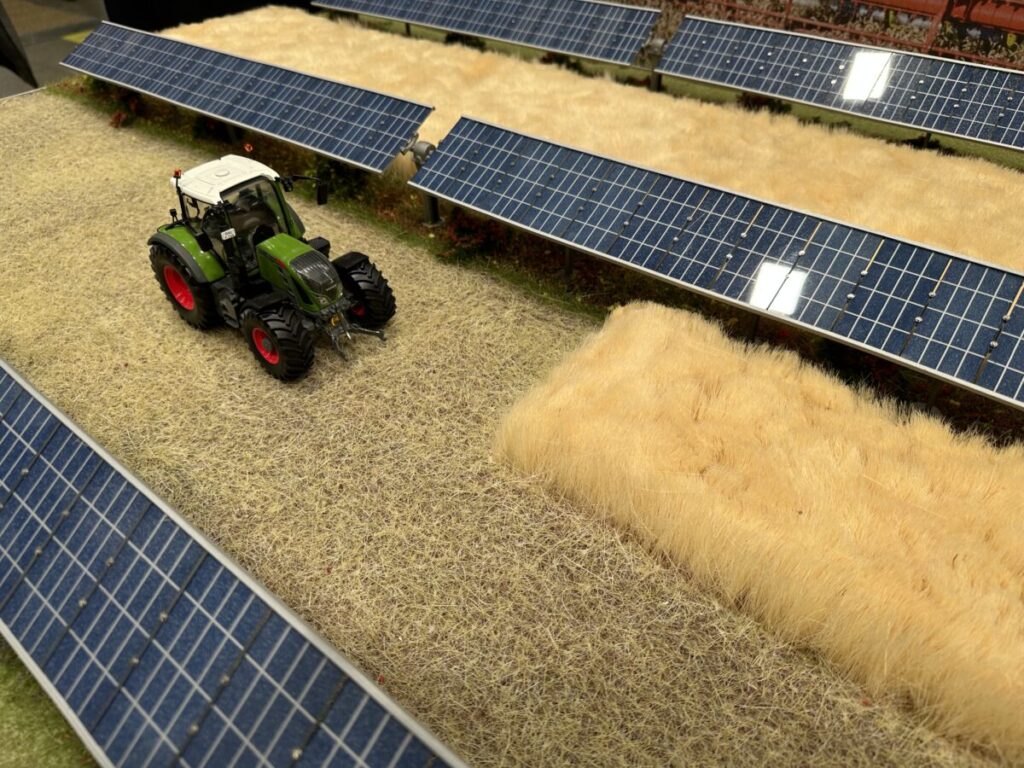New research from France has compared the performance of Agrivoltaics in Spain and the Netherlands and have concluded that the first – a dry region with high solar radiation mirrors – offer more technical benefits compared to the last, characterized by abundant rainfall and lower solar radiation.
A group of researchers led by Sorbonne University in France has the performance of agrivoltaic systems in three different climates – dry, wet and climatological – analyzed over the Iberian Peninsula and the Netherlands and has discovered that dry areas such as Spain offer more technical benefits compared to northern and central regions that are calculated that are calculated that are calculated that are calculated that are calculated that are calculated that are calculated that are calculated that are calculated that are challengered that are calculated that are challenged that are calculated that are calculated that are challenged that are calculated that are challenged that are calculated that are challenged that are calculated that are challenged that are calculated that are calculated that are calculated that are responsible for the 201s
The scientists carried out a series of simulations of different Agrivoltaic system configurations using the organizing carbon and hydrology in dynamic ecosystems (orchid) Land area model created by the Pierre Simon Laplace Institut. The model includes processes to quantify terrestrial water, carbon and energy balances and considers anthropogenic interferences such as land coverage changes, fire brigade, irrigation of crops and forest/grassland management.
The analysis considered two different crops and took into account values such as net primary production (NPP), Water use efficiency (Wue) and PV current yield.
The two crop species were labeled C3 plants, including wheat, rice and soybeans, including, and C4 plants consisting of corn and sugar cane. The first type is common in areas with moderate temperatures and little light intensity, while the second type is more suitable for high temperatures and dry conditions.
“Our model requires atmospheric variables such as inputs, each defined by a specific spatial resolution,” the academics explained and noted that the crass parametrization has intrinsic limitations because the model uses generic field parameters. “The scanning parametrization has intrinsic limitations. The model uses generic field parameters, which may not accurately capture the nuances of very local and specific sites.”
The analysis showed that, in Spain, the simulated Agrivoltaic systems can achieve higher productivity of crops, a more efficient phenological cycle and more efficient use of water and land, where the shadow is produced by the solar panels that create a favorable microclimate, especially during drying years.
Regarding the Agrivoltaic systems in the Netherlands, the analysis showed the productivity of lower crops, lower landquivalrivalent ratio (LER) and lower wue. “The primary advantage of AV systems in the Netherlands would be in reducing competition for land use,” the scientists emphasized. “In fact, producing renewable energy without moving agricultural land is a crucial advantage in a densely populated and agricultural intensive region such as the Netherlands.”
“The considerations between energy production and agricultural productivity suggest that a uniform approach may not be suitable for AV implementation,” the research team confirmed. “Instead, region-specific strategies are essential to maximize the benefits of AV systems and to take on the unique challenges of each area.”
The new model is described in the study “Generic Agrivoltaic systems simulate with orchid: Model development and multi-case study insights“Which was recently published in Agricultural and forest meteorology.
This content is protected by copyright and may not be reused. If you want to work with us and reuse part of our content, please contact: editors@pv-magazine.com.
Popular content


